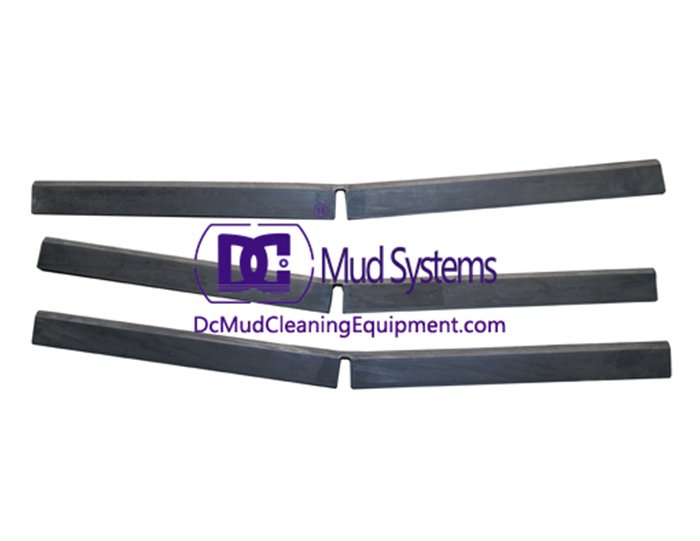Understanding Solid Control Equipment in Drilling Operations
In the realms of oil and gas drilling, effective management of solid materials is critical to ensuring operational efficiency and environmental safety. One of the key components in this management system is solid control equipment. This equipment is designed to separate drilling fluids and solids, enabling the recycling of valuable drilling mud while reducing waste. Understanding the role and function of solid control equipment is essential for professionals in the drilling industry.
The Importance of Solid Control
Drilling operations produce a significant amount of cuttings, which are the solid materials generated from the drilling of wells. These cuttings are mixed with drilling fluid, commonly known as mud, which serves multiple purposes, including cooling the drill bit, stabilizing the wellbore, and transporting the cuttings to the surface. However, if not managed properly, the accumulation of solids can lead to various challenges, such as wellbore instability, increased wear on drill bits, and reduced efficiency of the drilling fluid.
This highlights the importance of solid control. Effective solid control practices can minimize downtime, reduce costs, and ensure compliance with environmental regulations. This is where solid control equipment comes into play, providing the means to manage and recycle drilling fluids and solids efficiently.
Components of Solid Control Equipment
Solid control equipment primarily consists of several key components, including
1. Shale Shakers These are the first line of defense in solid control equipment. Shale shakers use vibrating screens to separate larger solids from drilling mud. As the mud passes over the screens, the cuttings are discarded while the fluid is recirculated for reuse in the drilling operation.
2. Mud Cleaners These devices combine the functions of shale shakers and hydrocyclones. They handle finer particles that pass through the shale shaker screens. Mud cleaners not only separate out additional solids but also help maintain the desired properties of the drilling fluid by eliminating unwanted materials.
solid control equipment
3. Desanders and Desilters Desanders and desilters are hydrocyclones that remove sand and silt particles respectively from the drilling fluid. By using centrifugal force, these devices effectively separate solid particles based on size and density, ensuring that the drilling mud maintains its optimal viscosity and density.
4. Centrifuges Centrifuges are advanced pieces of equipment that offer an additional layer of solid control. They operate by spinning the drilling fluid at high speeds, effectively separating solids based on their density. This allows for the recovery of more usable drilling fluid, enhancing the efficiency of the drilling operation.
5. Discharge Systems Once the solids have been separated from the drilling fluid, they need to be disposed of responsibly. Solid control equipment often includes discharge systems that transport the solid waste to designated disposal sites or treatment facilities, in compliance with environmental regulations.
Benefits of Solid Control Equipment
The integration of solid control equipment into drilling operations provides numerous benefits. Firstly, the recycling of drilling fluids leads to significant cost savings. The ability to reuse mud minimizes the need for frequent fluid replacement, which can be expensive. Secondly, effective solids control enhances drilling performance by reducing the viscosity of the mud, thus improving the overall efficiency of the drilling process.
Moreover, proper management of solid waste significantly lowers the environmental impact of drilling operations. By reducing the volume of waste that needs to be disposed of and ensuring that waste is handled according to regulatory standards, companies can operate more sustainably.
Conclusion
In conclusion, solid control equipment plays a vital role in modern drilling operations. By effectively separating solids from drilling fluids, this equipment ensures the efficient use of resources, reduces operational costs, and minimizes environmental impacts. As the industry continues to evolve, advancements in solid control technology will likely lead to even greater efficiencies and sustainability in the future. For drilling professionals, understanding the importance and function of solid control equipment is crucial for successful operations in the oil and gas sector.
 Linear Motion Shale Shaker In Drilling Rig
Linear Motion Shale Shaker In Drilling Rig  Oilfield Mud Cleaner
Oilfield Mud Cleaner  Drilling Fluid Decanter Centrifuge
Drilling Fluid Decanter Centrifuge  Drilling Mud Desander
Drilling Mud Desander  Hydrocyclone Desilter
Hydrocyclone Desilter  Centrifugal Pump/Centrifugal Mud Pump
Centrifugal Pump/Centrifugal Mud Pump  Shear Pump
Shear Pump  Jet Mud Mixer
Jet Mud Mixer  Horizontal Mud Agitator
Horizontal Mud Agitator  Constant Pressure Drilling Fluid Mud Gas Separator
Constant Pressure Drilling Fluid Mud Gas Separator  Mud Gun
Mud Gun  Mud Tank
Mud Tank  Solids Control System Vacuum Degasser
Solids Control System Vacuum Degasser  Flare Ignition Device
Flare Ignition Device  Diesel Tank
Diesel Tank  Submersible Slurry Pump
Submersible Slurry Pump 






































